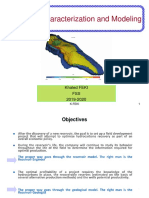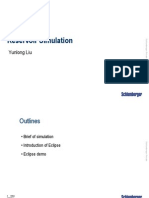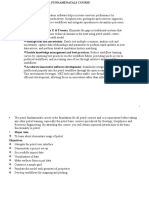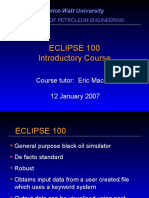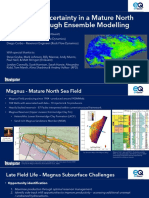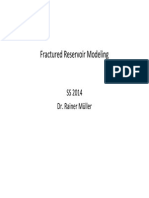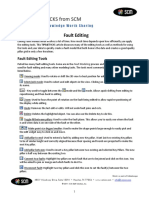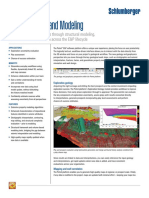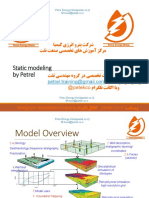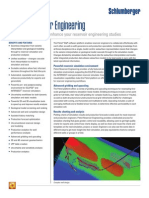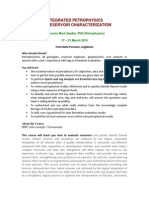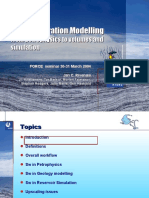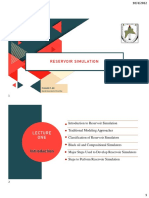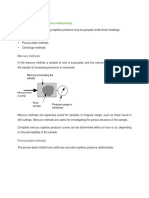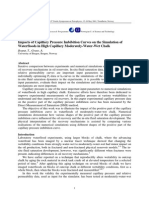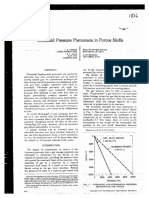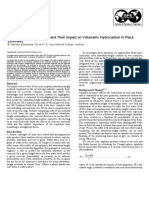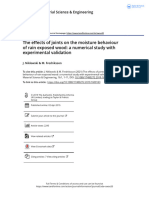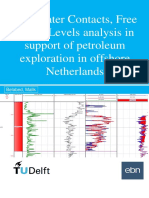100% found this document useful (1 vote)
624 views77 pagesReservoir Simulation Techniques Guide
The document discusses reservoir simulation, covering topics such as reservoir characterization, dynamic modeling, grid systems, input data, and various mathematical and numerical models. It highlights the importance of accurately simulating reservoir behavior to optimize hydrocarbon recovery and manage reservoir performance effectively. Additionally, it outlines the types of reservoir simulators and the potential errors and limitations associated with simulation studies.
Uploaded by
fasholatoheeb23Copyright
© © All Rights Reserved
We take content rights seriously. If you suspect this is your content, claim it here.
Available Formats
Download as PDF, TXT or read online on Scribd
100% found this document useful (1 vote)
624 views77 pagesReservoir Simulation Techniques Guide
The document discusses reservoir simulation, covering topics such as reservoir characterization, dynamic modeling, grid systems, input data, and various mathematical and numerical models. It highlights the importance of accurately simulating reservoir behavior to optimize hydrocarbon recovery and manage reservoir performance effectively. Additionally, it outlines the types of reservoir simulators and the potential errors and limitations associated with simulation studies.
Uploaded by
fasholatoheeb23Copyright
© © All Rights Reserved
We take content rights seriously. If you suspect this is your content, claim it here.
Available Formats
Download as PDF, TXT or read online on Scribd
/ 77



